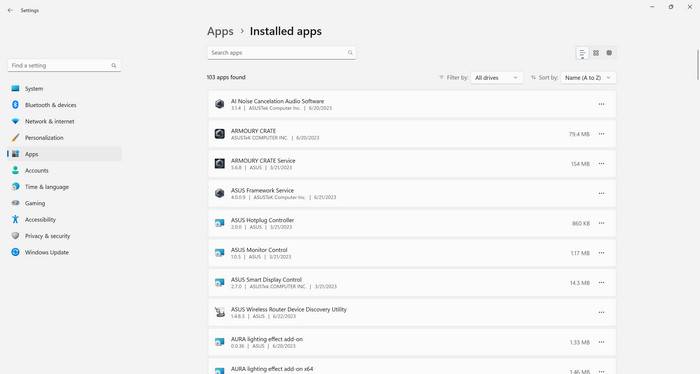When it comes to computer security, it’s important to understand the various components and software running on your system. One such component is the Intel Trusted Execution Engine (TXE). In this article, we will explore what the Intel TXE is, its purpose, and whether or not you should remove it from your system.
What is the Intel Trusted Execution Engine?
The Intel Trusted Execution Engine is a hardware-based security technology that is integrated into Intel processors. It provides a secure environment for executing sensitive tasks and protecting system integrity. The TXE operates independently of the main operating system and has its own firmware, which is responsible for managing security-related functions.
The primary purpose of the Intel TXE is to enhance the security of the system by providing features such as secure boot, remote attestation, and protected execution. These features help protect against various threats, including malware, rootkits, and unauthorized access to sensitive data.
Functions and Features of the Intel TXE
The Intel Trusted Execution Engine offers several important functions and features that contribute to the overall security of the system:
- Secure Boot: The TXE ensures that the system boots only with trusted software, preventing the execution of malicious code during the boot process.
- Remote Attestation: This feature allows a remote entity to verify the integrity of the system’s software and hardware configuration. It helps detect any unauthorized modifications or tampering attempts.
- Protected Execution: The TXE provides a secure environment for executing sensitive tasks, such as cryptographic operations or handling secure data. It isolates these tasks from the main operating system, reducing the risk of compromise.
- System Management Mode (SMM) Protection: The TXE protects the System Management Mode, which is a privileged mode of operation in the system firmware. By securing the SMM, the TXE helps prevent attacks that target the firmware.
Should I Remove the Intel TXE?
Now that we understand what the Intel Trusted Execution Engine is and its functions, the question arises: should you remove it from your system?
The answer depends on your specific needs and requirements. For most users, removing the Intel TXE is not recommended. The TXE plays a crucial role in enhancing the security of the system and protecting against various threats. Removing it may leave your system vulnerable to attacks and compromise its overall security.
However, there are certain scenarios where removing the Intel TXE might be necessary:
- Compatibility Issues: In some cases, the Intel TXE may cause compatibility issues with certain software or hardware components. If you encounter such issues and cannot find a suitable solution, removing the TXE might be a last resort.
- Privacy Concerns: Some users may have concerns about the privacy implications of the Intel TXE. While the TXE is primarily a security technology, it does have access to system information. If you have specific privacy concerns and believe that the TXE poses a risk to your privacy, you may consider removing it.
If you decide to remove the Intel TXE, it’s important to do so carefully and thoroughly. Simply uninstalling the TXE software may not be sufficient, as the TXE has its own firmware. To completely remove the TXE, you may need to follow specific instructions provided by Intel or use a reliable uninstall tool.
Revo Uninstaller Free is a recommended uninstall tool that can help you remove the Intel TXE effectively. It offers advanced scanning and removal capabilities, ensuring that all traces of the TXE are eliminated from your system.
Conclusion
The Intel Trusted Execution Engine is an important component that enhances the security of your system. It provides features such as secure boot, remote attestation, and protected execution, which help protect against various threats.
While removing the Intel TXE is generally not recommended, there may be certain scenarios where it becomes necessary due to compatibility issues or privacy concerns. If you decide to remove the TXE, make sure to follow the appropriate instructions provided by Intel or use a reliable uninstall tool like Revo Uninstaller Free.
Ultimately, the decision to remove the Intel TXE should be based on careful consideration of your specific needs and requirements. It’s important to weigh the potential risks and benefits before making a decision that could impact the security and functionality of your system.











